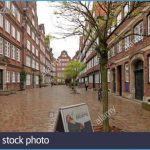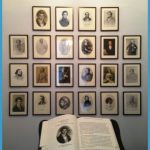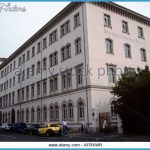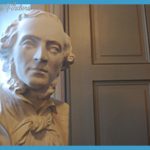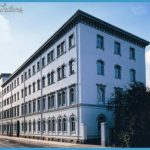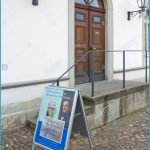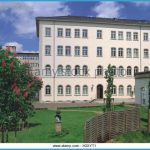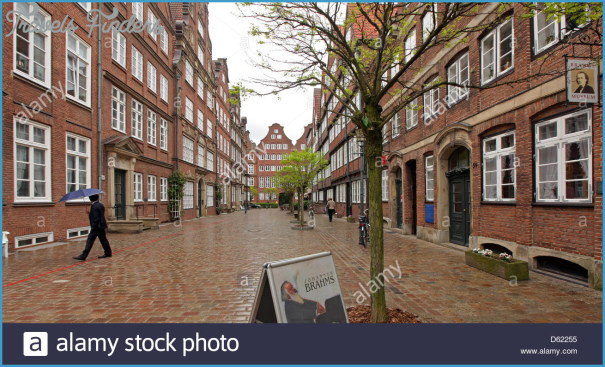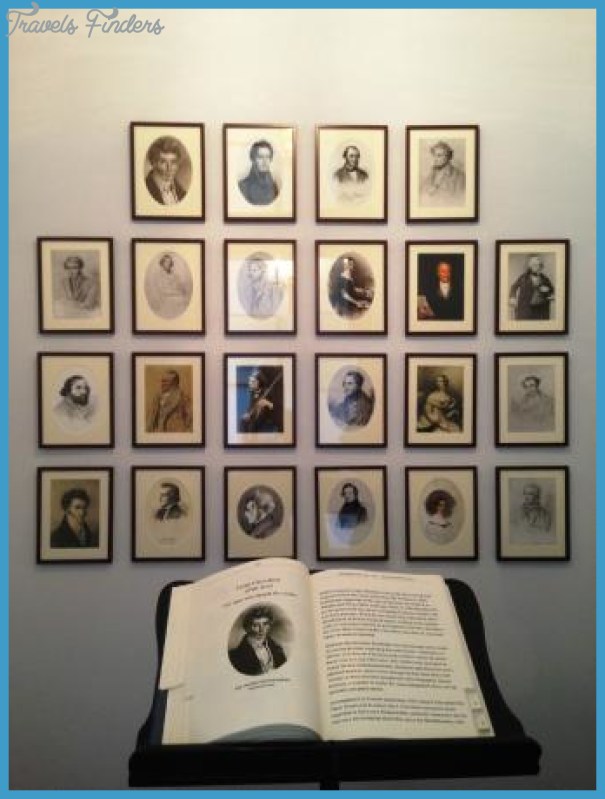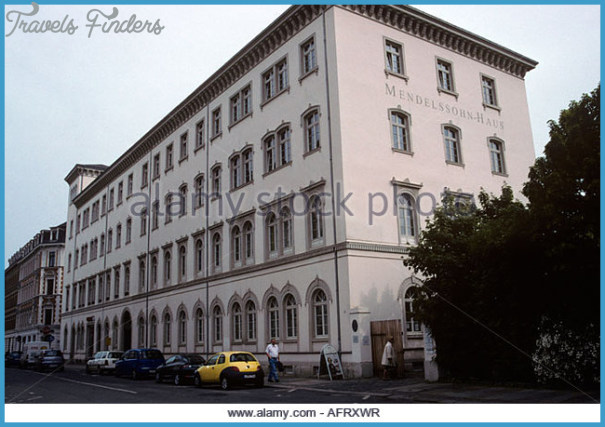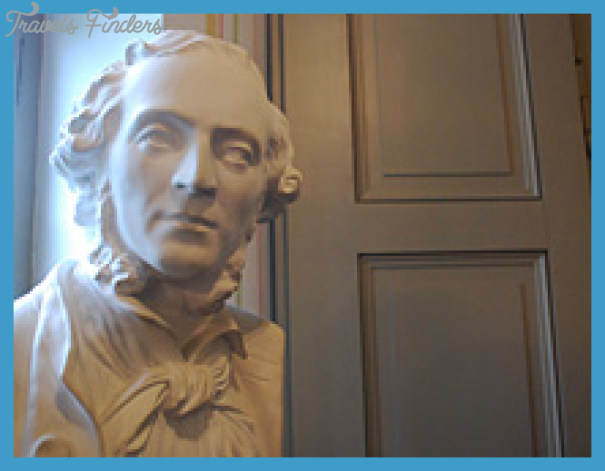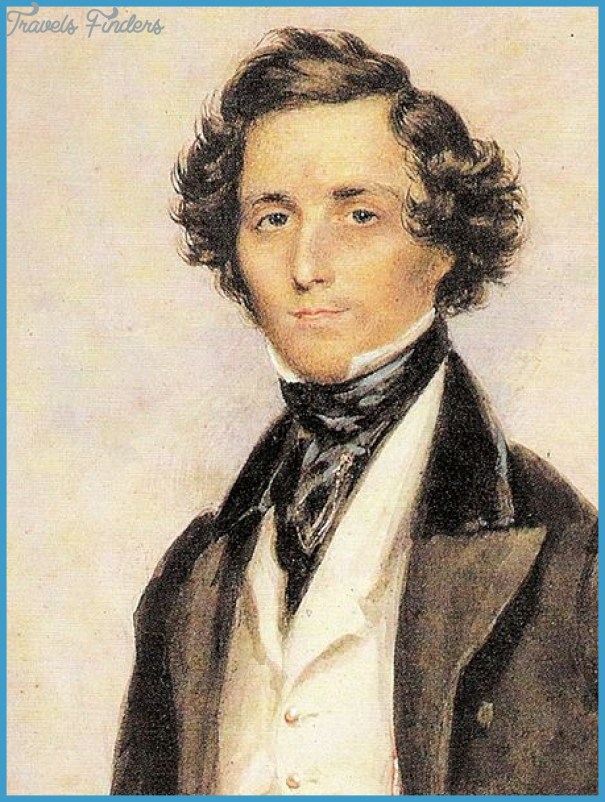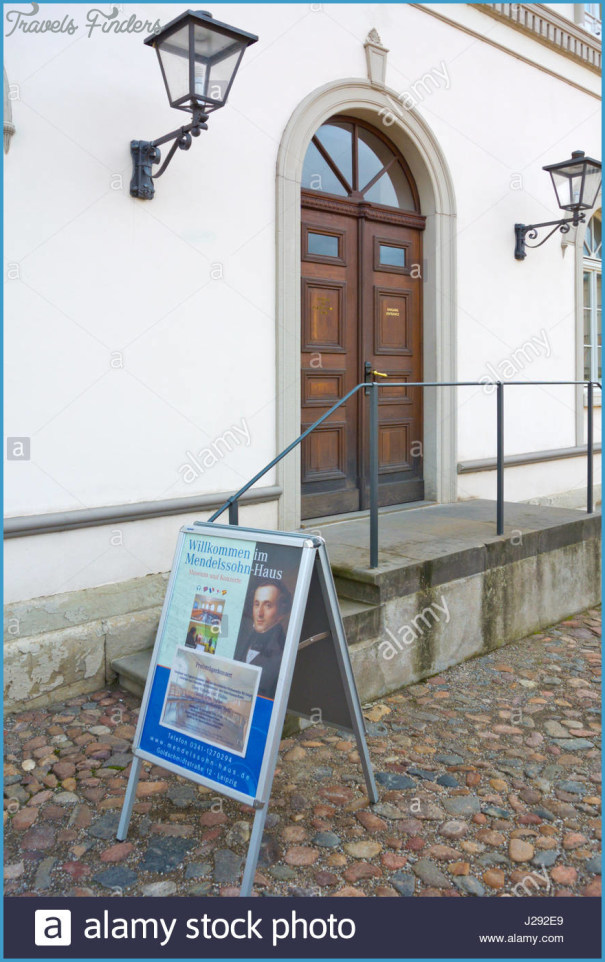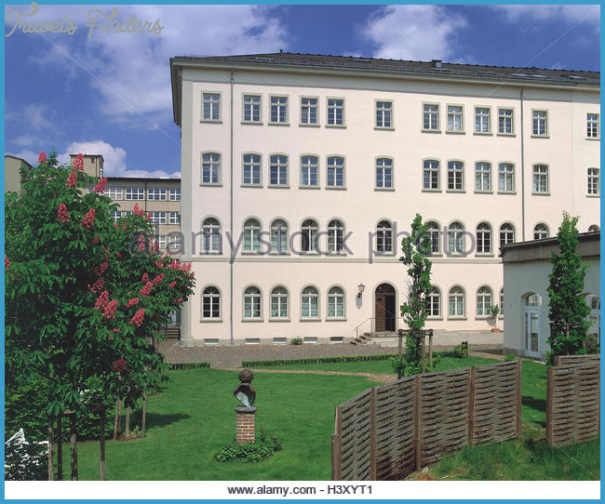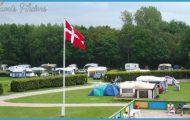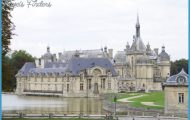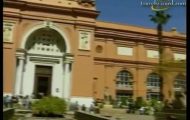MENDELSSOHN MUSEUM
In the autumn of 1845, Felix Mendelssohn and his family rented a spacious first-floor flat in a newly built block at Konigstrafie 3, now Goldschmidtstrafie 12, just outside the old centre of Leipzig but only a short distance from the Gewandhaus, where he had been music director since 1835. His contract with the orchestra required him to be in Leipzig for six months of the year; he spent his remaining time in Berlin and travelling between conducting engagements (some in Britain, where he was extremely popular). Prematurely worn out by this arduous regime, and depressed at the early death of his muchloved sister Fanny, Mendelssohn, born in Hamburg in 1809, died at home in Leipzig in 1847, 38 years old, surrounded by his wife and their five young children.
On 4 November 1997, the 150th anniversary of his death, the building where they had lived during his last two years was opened to the public as a museum. Its transformation from a derelict building to a fully restored one was part of a larger renewal of Leipzig. Goldschmidtstrafie 12 is one of the oldest surviving buildings in the city and an important example of its architectural heritage. Surviving original features such as the staircase and floorboards, and evidence of the original decorative paintwork – together with the fact that Mendelssohn lived there – made it specially worthy of restoration.
MENDELSSOHN MUSEUM Photo Gallery
The museum occupies only the Mendelssohn flat, but the whole house is given over to music in one way or another. On the ground floor is the music faculty library of the University of Leipzig; the second is shared by the Gewandhaus Orchestra administration and the International Mendelssohn Foundation; the third is occupied by the Institut fur Musikwissenschaft; and the fourth serves as the flat of the current Gewandhaus music director. At the rear of the building, the former carriage house and stables now form a lecture theatre set in a garden. A long central corridor runs the length of the rectangular flat, which is reached by the central staircase, accessible through the entrance at the rear of the building. The old servants’ quarters now house the reception and amenities while the two nursery rooms, the dining-room and the master bedroom are used for displays. The bedroom anteroom commemorates Mendelssohn’s death (his funeral service, concluding with the final chorus of Bach’s St Matthew Passion, took place in Leipzig, but he was buried in the family vault in Berlin).
The story of Mendelssohn’s life is presented on a series of beautifully designed glass panels, balancing high-quality reproductions with text. In the centre of the nursery rooms, glass cases display a small number of carefully chosen letters, manuscripts and early editions, on loan from public and private collections; in the second of the two rooms is a piano with Mendelssohnian associations, lent by the university, and a fine portrait of the composer. The master bedroom is reserved for temporary exhibitions; the inaugural one was of Mendelssohn’s watercolours from his 1847 Swiss holiday. The living-rooms and Mendelssohn’s study have been re-created with original furniture and furnishings, which had previously been on display in the Leipzig Rathaus, including Mendelssohn’s writing lectern, the painted wood and leather trunk he was given by English admirers and an imposing bust of his grandfather Moses Mendelssohn. The study design draws too on a watercolour of 1847 by Felix Moscheles.
As when the Mendelssohns lived there, the music salon remains, equipped with keyboard instruments, and seating for 70. Jenny Lind probably sang there in December 1845; Robert Schumann, Joseph Joachim and Richard Wagner were visitors in 1846. Mendelssohn’s tenure in Leipzig was eventful. He advanced the prestige of the Mendelssohn’s study in Leipzig orchestra and the status of the players, and was deeply involved in the establishment of the Conservatory. He was among the first to promote orchestral music of the past, along with new music by Berlioz, Weber, Schumann and others. During his last two years, in spite of failing health, the birth of his two youngest children and his sister’s death, he found time to produce organ sonatas, the oratorio Elijah and the String Quartet in F minor, and to make a start on an opera. He also published arrangements and transcriptions of Bach and, for the Handel Society in London, a performing edition of Israel in Egypt.
This new commemoration of Mendelssohn in Leipzig removes the shadow cast in 1936 when his statue in front of the Gewandhaus, erected in 1892, was destroyed. Annual Mendelssohn festivals are planned for 29 October to 1 November in addition to weekly concerts and occasional conferences at GoldschmidtstraSe 12. The International Mendelssohn Foundation, which was established in 1991, intend the building to endure as a living cultural centre.

